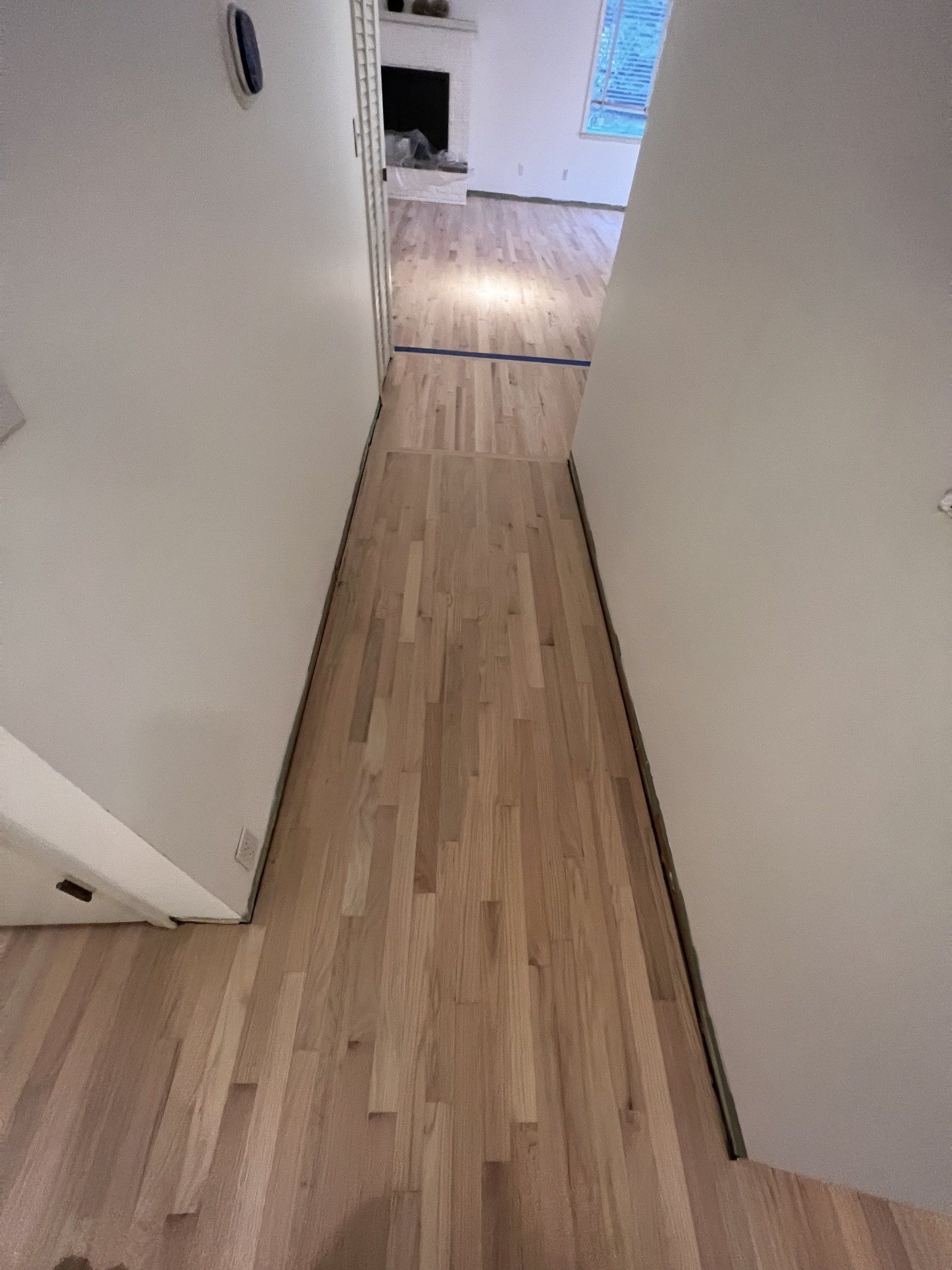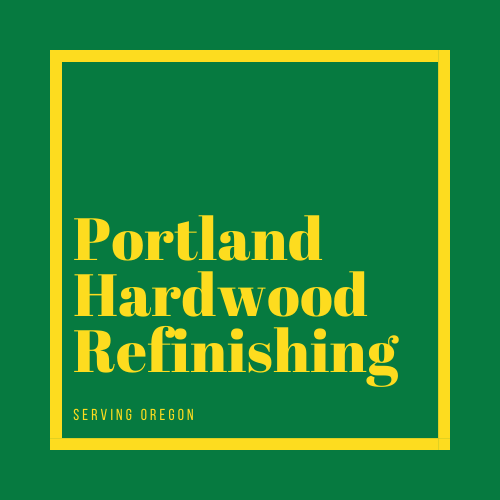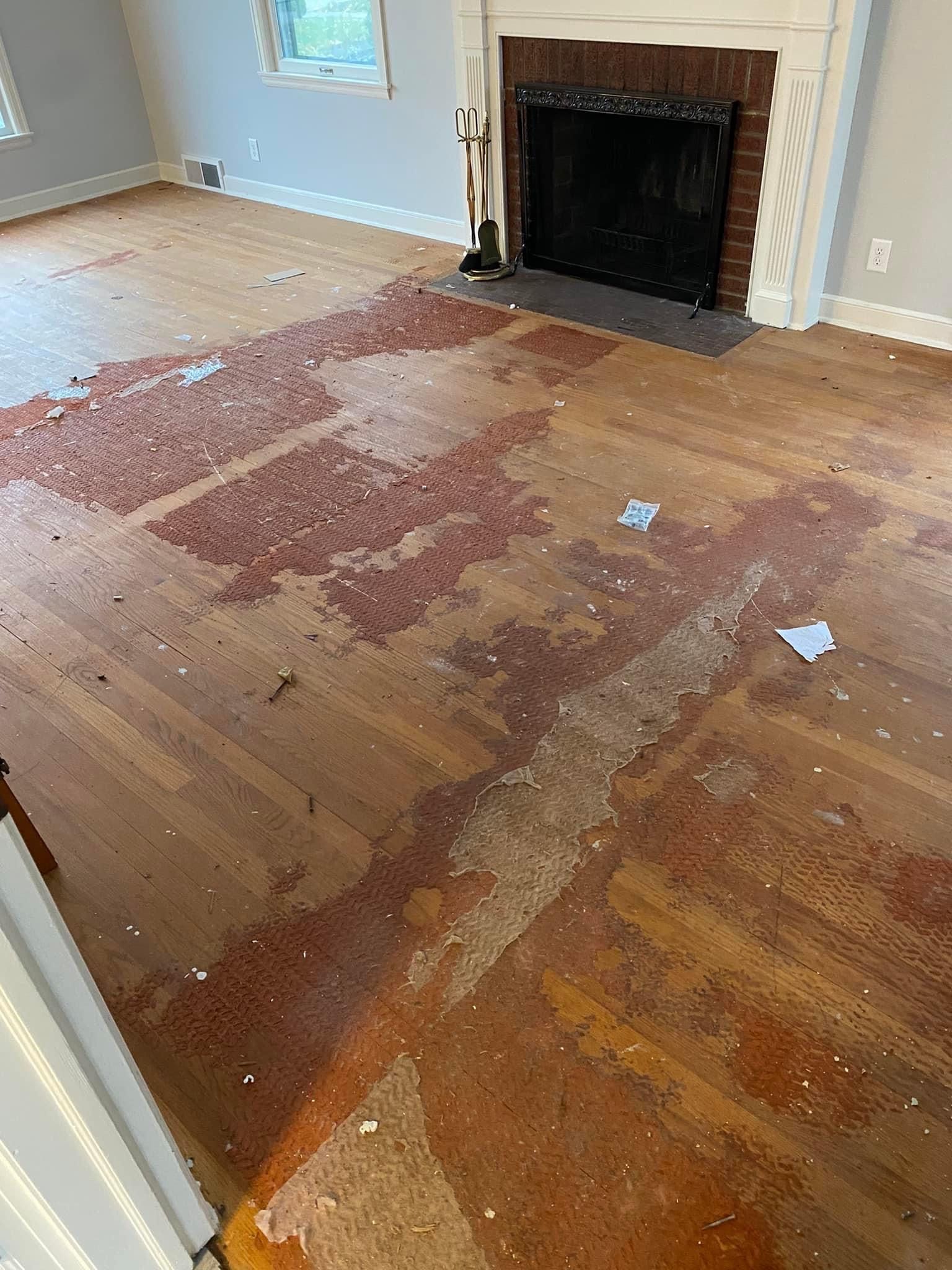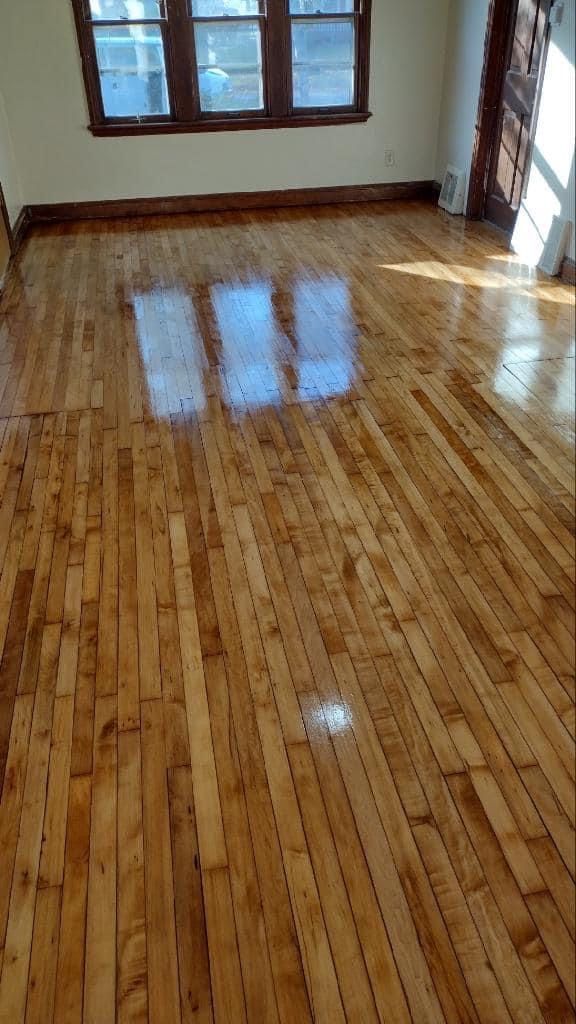4 Factors To Determine Whether You Should Refinish Or Replace Your Wood Floors
If you're thinking of refinishing your wood floors, check this out
Are you torn between refinishing and replacing your worn, dull, and aged hardwood floors? If yes, you’re not alone, as many homeowners have found themselves in similar situations. Deciding which of the two options is ideal for your case depends on several factors, including the condition of your hardwood, its age, your preferences, and your budget. On top of that, it depends on your feelings toward the existing carpet. In this post, we’re going to look at the factors that mainly influence the decision to
refinish or replace your hardwood floors.
Assess The Condition Of Your Floors
If your hardwood floors are considerably scratched or damaged and have been refinished severally, then replacing them could be the best option for you. However, if the scratches are minimal and the damage is moderate, then refinishing could be the ideal option in such a case. The other indication that your floor needs to be replaced is when your floors seem shaky or when the points where the boards should be attached become increasingly visible.
In addition, if specific parts of your hardwoods are highly damaged, refinishing also supports the revamping of those areas only. The main advantage of refinishing is that it allows the restoration of worn and aged floors into their formal state without costing o a lot of money and time compared to an overall replacement.
Your Budget For Your Floors
The amount that goes into refinishing hardwood floors is much lower than that goes into the replacement. Installing new flooring material is far much costly than refinishing the current one. In addition, it requires more manpower, particularly in an ample room. Moreover, the process is cumbersome since it entails several steps, including removing the aged flooring material, searching for new flooring, and purchasing all the necessary materials for an effective installation.

Refinishing is the most suitable option for homeowners operating on a limited budget, specifically if the floor is slightly worn. Rather than handling the entire room at once, you can do it in sections. Nonetheless, the time and commitment that goes into wrapping up such tasks are also worth consideration. Replacement is often faster when the process is hassle-free than refinishing planks encircled by others. The refinishing process usually takes up to a week, meaning the room will be unavailable for use for that period. Our professionals at Portland Refinishing take up to 3-days to complete the job with the new flooring material.
Routine refinishing can as well be taxing. There is a possibility that you could be tempted to push the task forward until the damage becomes hugely severe, driving up the repair costs extensively. Also look into
resurfacing which can help your budget.
Durability Of Existing Floors
Hardwood is inherently durable, but more problems can develop as the material approaches the end of its useful life. However, that isn’t a far-reaching issue since refinishing can restore a fresh look to the floor. Staining, sanding, and sealing are the other methods that can yield desirable results by offering the floor an improved appearance.
While the most appropriate maintenance remedies for a durable hardwood floor have multiple benefits, they are also without downsides worth the attention. For instance, sanding for prolonged periods can exhaust the wood, making it very thin and susceptible to damage. That indicates there is a boundary to refinishing, as doing it a lot can compromise the structural integrity, leading to routine damages like cracking.
The replacement could be a cost-efficient and long-lasting solution if the floor has exhausted its lifespan. Some aged floors have severe damage, amounting to fruitless repair attempts. These comprise structural damage that impacts the chipping, frames, warping, termite invasion or lost planks on an extensive floor area. Wobbling floors can also point out underside problems that need an inspection.
If the damage is beyond 30%, then refinishing is no longer economical. Keep in mind that many hardwood floor problems stem from faulty installation, particularly issues that become visible one year after installation. Cupping is an example of such an issue, where the wood plank edges are elevated, and the central part drops down. This is a typical occurrence in homes with severe moisture issues underside. The planks take in the water and enlarge, prompting the edges to lift. This can be avoided through appropriate sealing during the installation of the floor. If the problem affects only a few parts of your room, then replacing the various impacted planks, followed by the installation of a working vapor barrier, can be adequate. Or else you’ll have to replace the whole room.
Cracks and chips can develop on the wood because of poor nailing irrespective of its lifespan. Lack of using cleats, the proper nail gun, or excessive pressure on the planks can prompt them to fracture. Refinishing or replacing the wood lies squarely on when you discover the problem and the severity of the damage. If the damaged plunk is surrounded by other planks, making it difficult to remove it effectively, embrace rejuvenation techniques to get it out.

The Appearance Of Your Floors
If you’re comfortable with the look of your existing floor besides wear and tear, refinishing is the right option to maintain the hardwoods in your possession. However, if you’re not impressed with the appearance of your hardwood and are longing for a new type of flooring, then replacement is the best option.
If you’re looking to refinish or replace your hardwood flooring and are based in Oregon, then look no further than Portland Refinishing company, as we’ve got you covered. We boast several years of experience in the hardwood flooring industry, providing a range of services, including refinishing, replacement, sanding, staining, and many more. Feel free to contact us for any of these services and request a quote.
Portland Hardwood Refinishing by DeBuke
Service Portland, OR & the surrounding USA cities
Call us at (503) 822-7975



